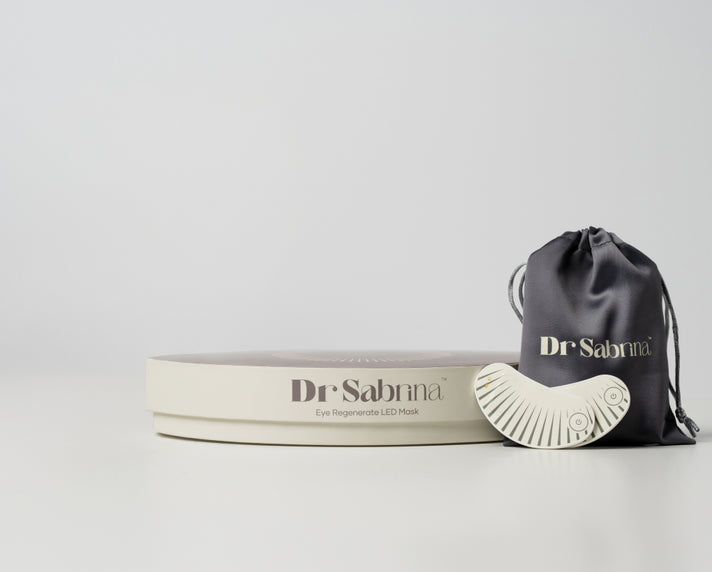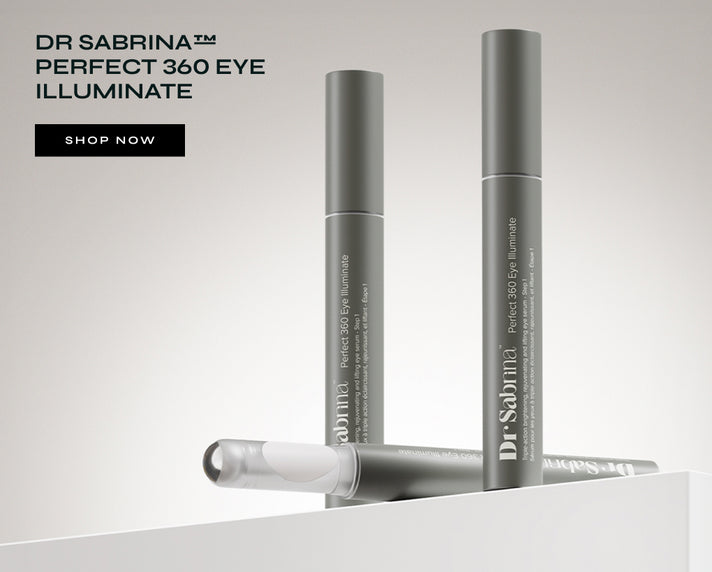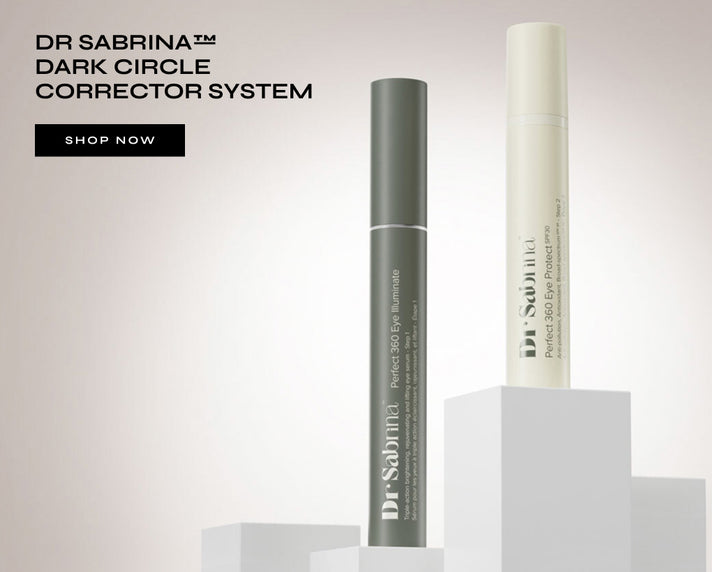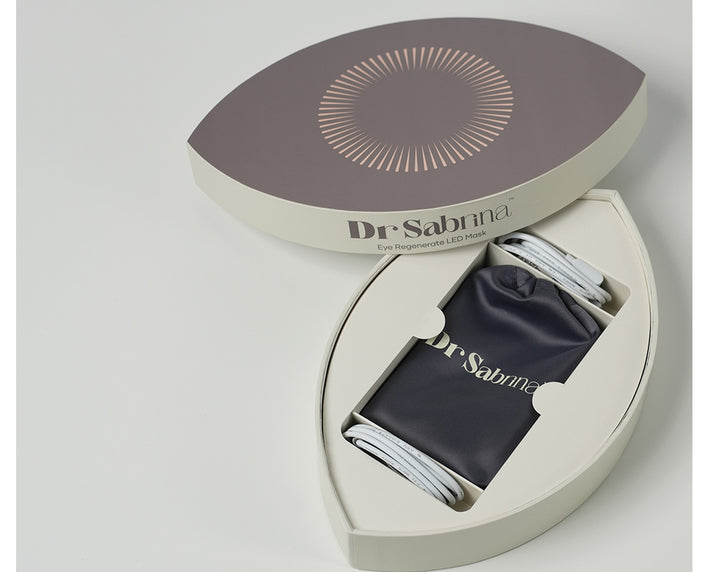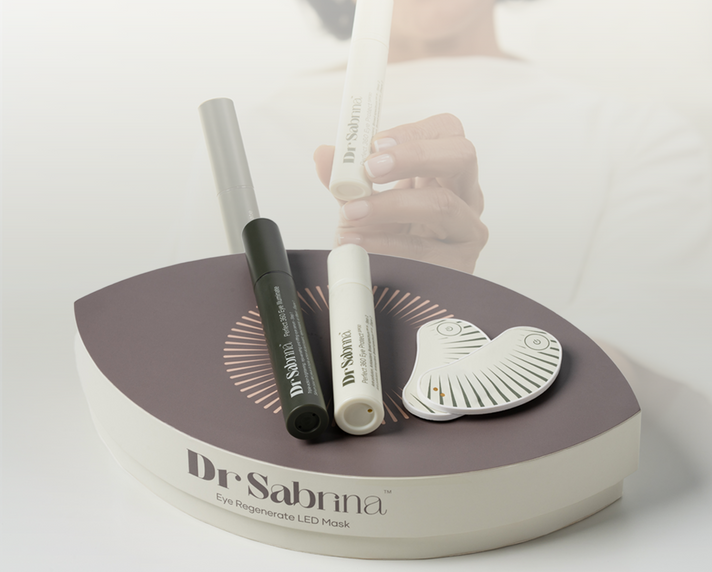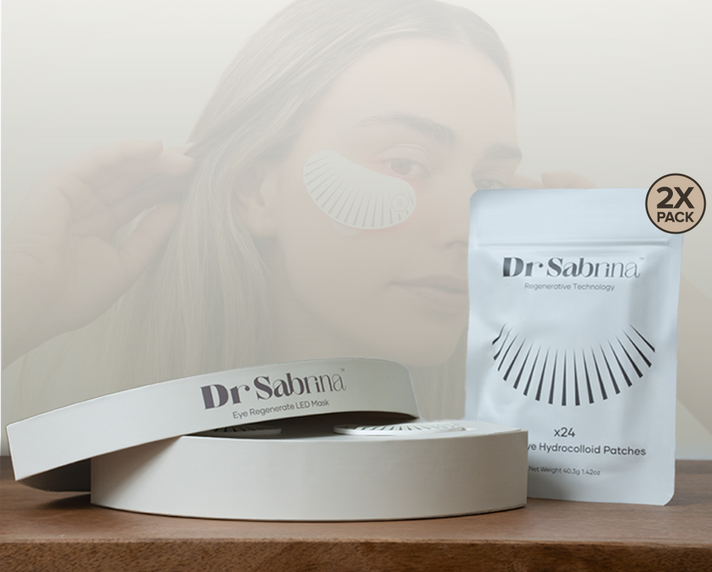Dark Circle
Conjunctivitis: What Is Pink Eye?
4 min.
Conjunctivitis is often called "pink eye" because it can cause the whites of the eyes to turn pink or red. Conjunctivitis is usually caused by an infection or allergy. It typically leads to red, itchy, and uncomfortable eyes.
Experiencing conjunctivitis can be quite uncomfortable, and if you're taking care of a child with the condition, it's normal to feel worried or anxious. This guide will provide a detailed overview of what is pink eye and how to prevent it.
What Is Pink Eye?
Pink eye, also known as conjunctivitis, is an inflammation of the thin, clear covering of the white part of the eye and the inside of the eyelids. When the tiny blood vessels in this covering become swollen and irritated, they become more noticeable, giving the eyes a pink or reddish appearance.
Pink eye is a common condition with numerous common causes. Pink eye can be acute (short-term), lasting less than four weeks, or chronic (long-term), lasting more than four weeks. It can affect one eye or both eyes at the same time.
Pink eye causes redness, itching, pain, burning, discharge, and swelling in and around the eyes. It can also cause blurry vision and sensitivity to light, but the affected person's vision will not be completely impaired. While pink eye can occur in individuals of any age, it is particularly prevalent in children.
Pink eye is generally a minor disorder and typically improves on its own. Rinsing your eyes with clean water can be beneficial, and antibiotics may be required if the cause is bacterial. To prevent the spread of conjunctivitis, you should avoid rubbing your eyes, wash your hands regularly, and avoid sharing towels and pillows.
What To Do For Pink Eye? - Preventive Measures
Viral and bacterial conjunctivitis are contagious and can be transmitted from one person to another. If you're wondering what to do if you have pink eye, it's essential to follow these dos and don'ts to prevent spreading the infection and to avoid reinfection:
Dos: What To Do If You Have Pink Eye
- Wash your hands regularly with warm, soapy water, especially after touching your eyes or applying medicines.
- Clean your hands frequently with soap and warm water, especially before meals.

- Use a fresh cotton ball or paper towel to wipe away any discharge several times a day to keep your eyes clean. Dispose of the cotton ball or paper towel immediately, and wash your hands afterwards.
- Change or wash your pillowcase daily until the infection clears—clean bed linens, pillowcases, and towels with hot water and detergent.
- Use disposable paper tissues to wipe your eyes. Use one tissue per eye and dispose of them immediately to prevent cross-infection.
- Wear glasses instead of contact lenses while your eye is healing. Discard disposable lenses or clean extended-wear lenses thoroughly.
- Follow your ophthalmologist's instructions for cleaning or replacing your contact lenses.
- Apply a warm compress (such as a warm water-soaked washcloth) to the affected eye for a few minutes, three to four times a day, to relieve discomfort and clear any crust from your eyelashes.
- Use non-prescription "artificial tears" to alleviate itching and burning, but only as instructed by your doctor.
Don'ts: What Not To Do If You Have Pink Eye
- Avoid rubbing or touching the affected eye with your fingers.

-
Don't wear eye makeup while treating pink eye, as bacteria can survive in makeup and cause further infection.
- Avoid sharing makeup with others, and discard any makeup you used while your eyes were infected.
- Don't share towels, flannels, pillows, or eye drops with anyone else to avoid spreading the infection.
- Don't wear contact lenses until the infection clears and for 24 hours after your last dose of ointment or drops, if prescribed.
- Don't use other types of eye drops, especially those for redness relief, unless prescribed by your eye doctor.
- Avoid using the same bottle of eye drops for an unaffected eye.
- Don't cover your eye with a patch, as it may worsen the infection.
When dealing with symptoms like dark circles or redness caused by a pink eye or allergies, it's also helpful to know how to use colour corrector to neutralise any unwanted tones around your eyes afterwards.
Final Thoughts on Managing Pink Eye
It's usually possible to treat pink eye at home without going to the doctor. You can wait for the symptoms to get better on their own. Opting for the
best under eye serum can maintain proper hydration of the sensitive skin, particularly following recovery from pink eye, thereby decreasing the chances of experiencing irritation and dryness due to the infection.
If you wear contact lenses and think you have pink eye, take your lenses out and see an eye doctor. Certain symptoms could mean a more serious problem, like an ulcer, which may lead to permanent vision loss. Get in touch with your healthcare provider if you notice increased sensitivity to light, especially if it's severe, blurry or reduced vision, eye pain, feeling like there's something in your eye, a lot of discharge from your eyes, or if your symptoms are getting worse.




